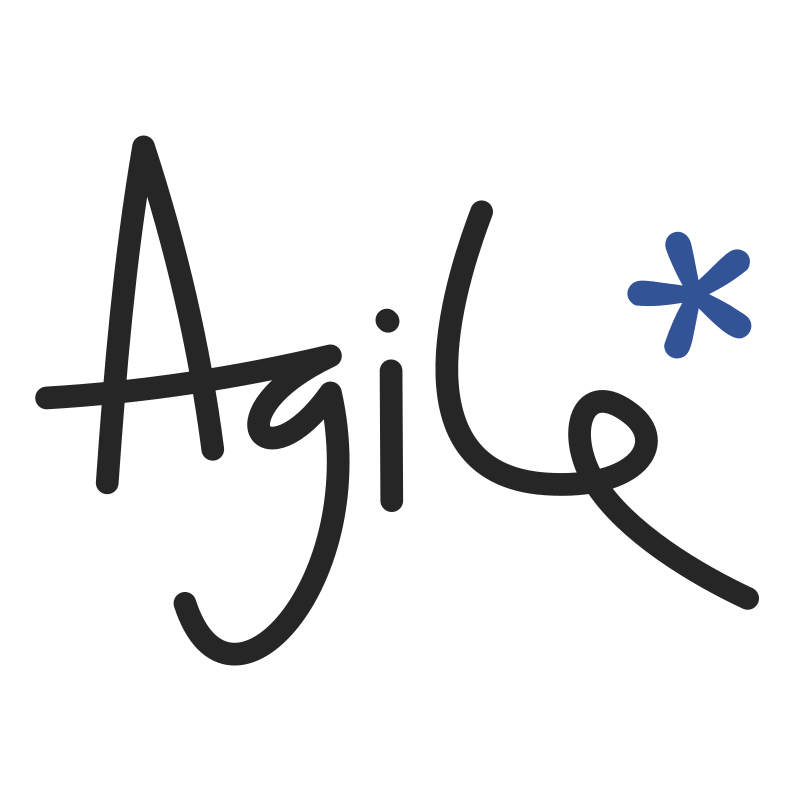An update on Volve
/Writing about the new almost-open dataset at Groningen yesterday reminded me that things have changed a little on Equinor’s Volve dataset in Norway. Illustrating the principle that there are more ways to get something wrong than to get them right, here’s the situation there.
In 2018, Equinor generously released a very large dataset from the decommissioned field Volve. The data is undoubtedly cool, but initially it was released with no licence. Later in 2018, a licence was added but it was a non-open licence, CC BY-NC-SA. Then, earlier this year, the licence was changed to a modified CC BY licence. Progress, sort of.
I think CC BY is an awesome licence for open data. But modifying licences is always iffy and in this case the modifications mean that the licence can no longer be called ‘open’, because the restrictions they add are not permitted by the Open Definition. For me, the problematic clauses in the modification are:
You can’t sell the dataset. This is almost as ambiguous as the previous “non-commercial” clause. What if it’s a small part of a bigger offering that adds massive value, for example as demo data for a software package? Or as one piece in a large data collection? Or as the basis for a large and expensive analysis? Or if it was used to train a commercial neural network?
The license covers all data in the dataset whether or not it is by law covered by copyright. It's a bit weird that this is tucked away in a footnote, but okay. I don't know how it would work in practice because CC licenses depend on copyright. (The whole point of uncopyrightable content is that you can't own rights in it, nevermind license it.)
It’s easy to say, “It’s fine, that’s not what Equinor meant.” My impression is that the subsurface folks in Equinor have always said, "This is open," and their motivation is pure and good, but then some legal people get involved and so now we have what we have. Equinor is an enormous company with (compared to me) infinite resources and a lot of lawyers. Who knows how their lawyers in a decade will interpret these terms, and my motivations? Can you really guarantee that I won’t be put in an awkward situation, or bankrupted, by a later claim — like some of GSI’s clients were when they decided to get tough on their seismic licenses?
Personally, I’ve decided not to touch Volve until it has a proper open licence that does not carry this risk.




























 Except where noted, this content is licensed
Except where noted, this content is licensed